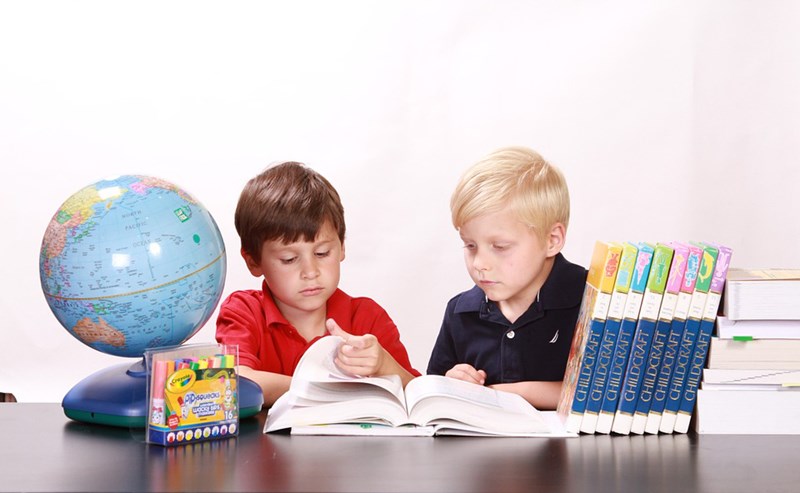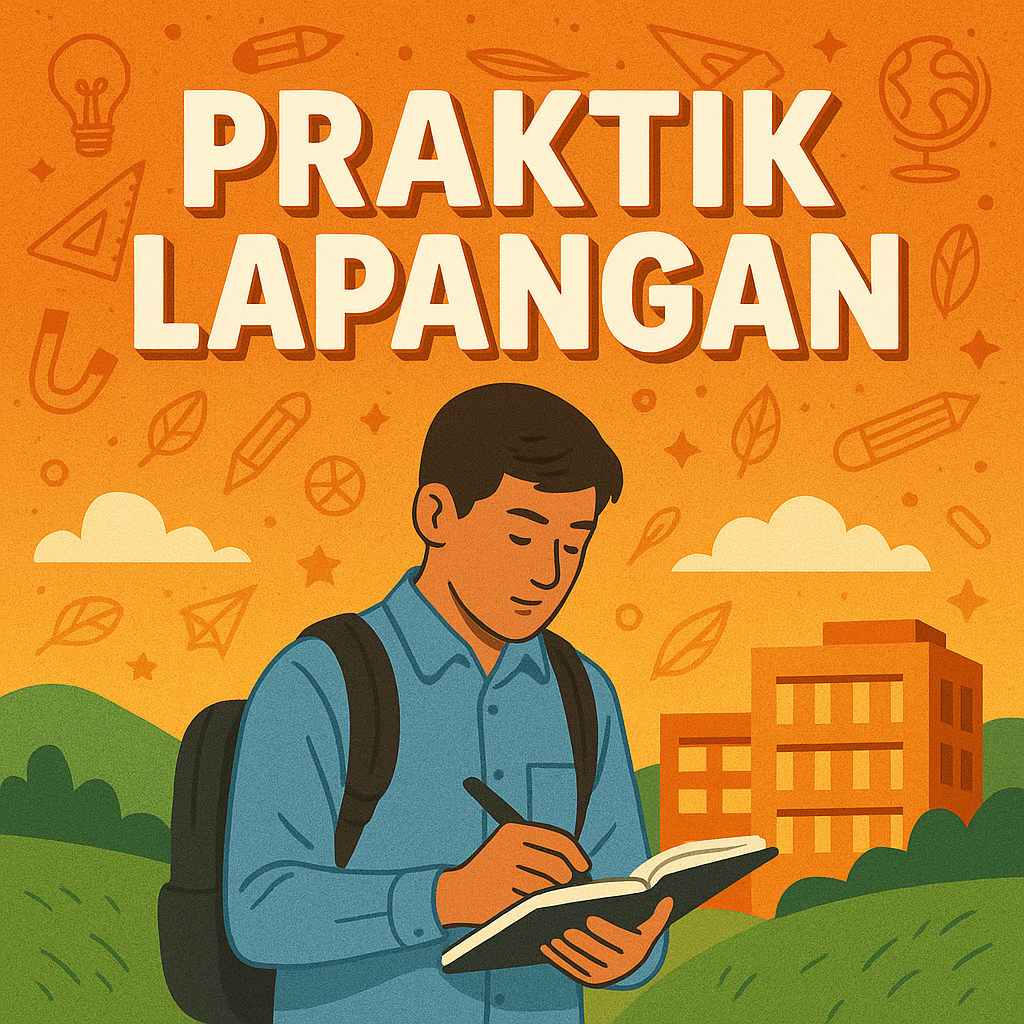
JAKARTA, inca.ac.id – Ever had a book totally wreck your worldview in the best possible way? That’s what happened when I first dove into multicultural literature. Honestly, Multicultural Literature: Diverse Voices and Stories in the Literary World isn’t just a buzzword—it’s the real deal, and it seriously amped up my love for reading and life itself.
Why Multicultural Literature Spoke to Me (Literally)

Let’s be real, growing up, my bookshelf was packed with basically the same old stories. Same kind of characters, similar backgrounds—familiar, but kinda boring after a while. Then, someone slid a copy of “The Kite Runner” into my hands during a super lazy semester break. Whoa. Suddenly, the literary world exploded for me—colors, flavors, feelings I’d never known before!
Multicultural literature is all about voices from everywhere. Asian, African, Latin American, Indigenous—you name it. These books bring out experiences and worldviews I genuinely couldn’t imagine on my own (and sometimes, my imagination is wild, trust me). Plus, it’s not just about ‘adding diversity’ for the sake of it. These stories are straight-up powerful. They get to the heart of what makes us human—our differences, sure, but also our connections.
Lessons I Learned the Hard Way
I’ll be real… at first, I totally fumbled through my early forays into global literature. My rookie mistake? Thinking I could “understand” a culture by just reading one novel. Classic overconfidence, right? Turns out, one book—no matter how awesome—can’t cover everything. Each author gives you their own spin; it’s the little details that make a story stick.
Another slip-up: I used to read only what was trending in the West, and I passed up books from Southeast Asia or Africa because, honestly, I didn’t know where to start. News flash: You gotta dig a little. Independent bookstores, multilingual reading lists, even TikTok has booktokers who shine a light on underrated multicultural writers. Open up those tabs, folks—you’ll thank yourself later.
Why Diverse Stories Aren’t Just “Nice to Have”
If you’re curious why you should even bother hunting for new voices—here’s my take, straight from personal experience. First, reading outside your own culture builds what I call ‘empathy muscle.’ It’s like going to the gym, but for your brain and heart. For example, reading “Pachinko” brought me the struggles, hopes, and love stories of Korean immigrants in Japan. That story just hit me in the feels, and I realized there’s so much more to life than my own daily grind in Jakarta.
Fact check time: a Pew Research study showed that readers exposed to multicultural literature report higher empathy and lower prejudice (Knowledge is power, y’all!). So yeah, it’s science-backed. Plus, in Indonesia—one of the world’s most diverse nations—I feel like multicultural stories aren’t just relevant, they’re vital. We owe it to ourselves to connect, understand, and support each other.
My Go-To Multicultural Reads & Tips to Find Your Own
Okay, so you want to dive in, right? Here are a few game-changers that really opened my eyes (and IMHO, totally belong on your TBR—To Be Read—list):
- “Homegoing” by Yaa Gyasi: Generational trauma and resilience spanning Ghana to America, written like a punch to your chest.
- “Aruna & Lidahnya” by Laksmi Pamuntjak: Quirky, flavorful, and very Indonesian—seriously, it made me crave street food AND think hard about identity.
- “Americanah” by Chimamanda Ngozi Adichie: It’s about migration, racism, and what it means to “belong.” Funny and sharp in all the right ways.
Pro tip: Don’t stress if some themes go over your head at first. I flat-out didn’t ‘get’ some symbolism or slang until I googled or asked friends. That’s okay—learning is part of the deal!
How to Avoid the Mistakes I Made
If you’re just starting, the first step is to mix it up—try authors from different continents, not just the ‘big names’ you see on prize lists. Set a *realistic* reading goal (I failed HARD at reading “one new culture a week,” lol—it’s too much). Instead, hit up recommendations from bloggers, join a diverse reading challenge, or ask your local librarian for picks outside the usual.
Another tip? Don’t read multicultural literature expecting only heavy themes. There’s killer romance, hilarious humor, even fantasy with wild world-building. One time I started “Children of Blood and Bone” by Tomi Adeyemi, thinking it’d be all politics, but it was epic fantasy fun with West African roots. Sometimes you get schooled, but sometimes you just get a blast.
How Multicultural Literature Boosted My Worldview (And Can Boost Yours)
I used to stick to what I knew (comfort zone problems, right?). But after filling my reading list with multicultural perspectives, it’s like I travel to new countries every month—no visa required. I get why someone’s grandma in Peru might stress about family honor, or why a young uni student in Kenya dreams so big.
These books made me curious, less judgemental, and honestly, way more interesting at parties. It’s a win-win-win. Plus, sharing these discoveries with friends creates new circles of conversation—nothing beats bonding over a book you both felt deep in your gut.
Final Thoughts from the Heart
If you’re ready to get out of a literary rut, multicultural literature will change you. Don’t be afraid to get uncomfortable! Lean into stories that challenge what you ‘know’, and let those diverse voices bring fresh flavor to your reading life. Soon enough, you’ll notice—even the books you once loved will take on new meanings.
If you find a gem, pass it on—or drop me a message. Happy reading, and keep your world wide open. Your bookshelf (and your brain) will thank you.
Explore More Articles in the Knowledge Category: Knowledge
Also Read about Digital Learning!
#book lovers #book recommendations #Culture #diverse voices #diversity #global literature #literary world #multicultural literature #reading tips #world stories







